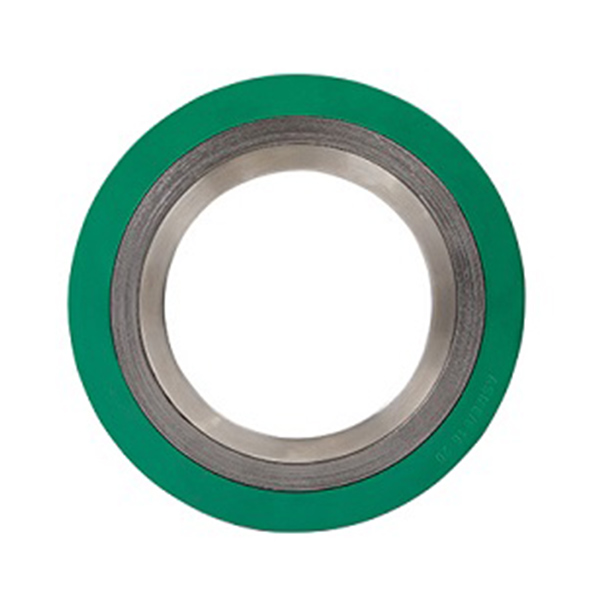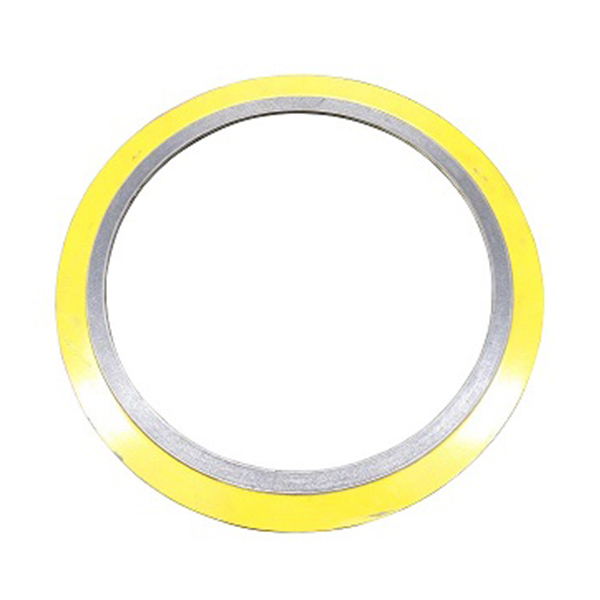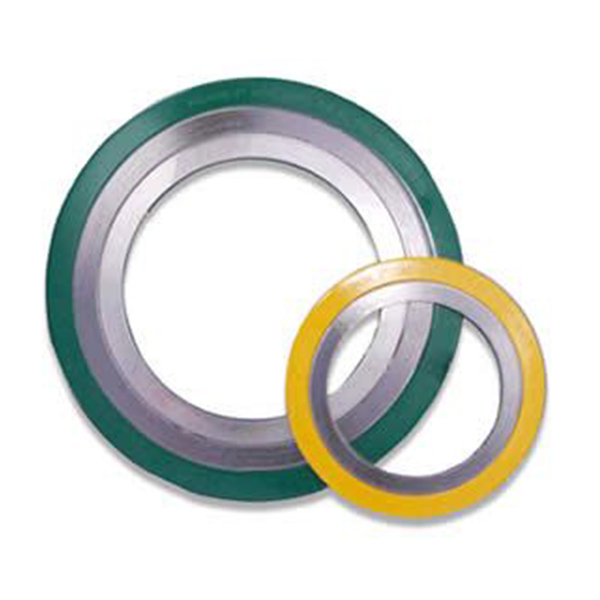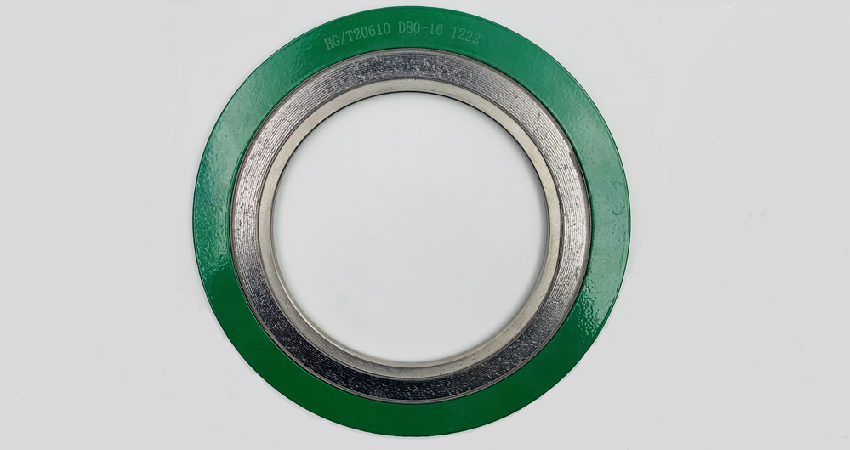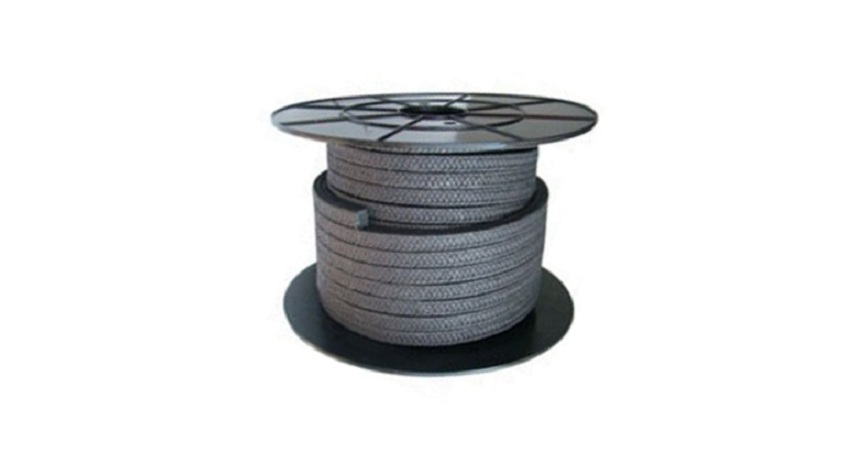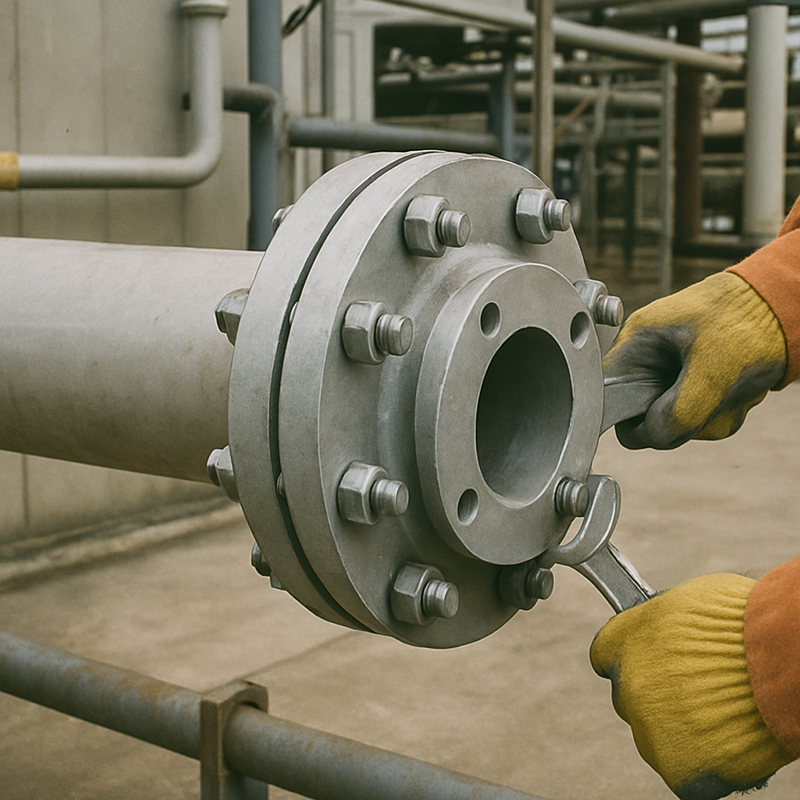Machines For Braiding Packing
High-Performance Machines For Braiding Packing: Specifications and Applications
Machines for braiding packing are essential in manufacturing industries for producing high-quality braided seals, gaskets, and packing materials. These machines ensure precision, durability, and efficiency in creating braided products used in automotive, aerospace, and industrial applications. With advanced technology, our machines offer superior performance and reliability.
Key Features of Our Machines For Braiding Packing
- Automated control systems for precise braiding tension
- High-speed operation up to 200 RPM
- Durable stainless steel construction
- Energy-efficient motors reducing power consumption by 30%
- User-friendly interface with touchscreen controls
- Compatible with various materials including graphite, PTFE, and aramid fibers
Technical Specifications
| Parameter | Specification | Unit |
|---|---|---|
| Machine Type | Vertical Braiding Machine | - |
| Number of Carriers | 16, 24, 32, 48 | Units |
| Braiding Diameter Range | 3 - 50 | mm |
| Maximum Speed | 200 | RPM |
| Power Requirement | 380V, 50Hz | - |
| Machine Weight | 850 - 1200 | kg |
| Dimensions (LxWxH) | 2000x1500x1800 | mm |
| Material Compatibility | Graphite, PTFE, Aramid, Fiberglass | - |
Applications of Machines For Braiding Packing
These machines are widely used in producing braided packing for:
- Valve stem seals in automotive engines
- Pump shafts in industrial machinery
- High-temperature gaskets in aerospace
- Chemical processing equipment seals
FAQ: Common Questions About Machines For Braiding Packing
What is the typical production capacity of a braiding machine for packing?
The production capacity varies based on the machine model and material. For example, a 24-carrier machine can produce approximately 50 meters of braided packing per hour at 150 RPM, depending on the diameter and material density.
How do I maintain a braiding machine to ensure longevity?
Regular maintenance includes lubricating moving parts every 500 hours of operation, checking tension systems monthly, and cleaning debris after each shift. Annual professional servicing is recommended to calibrate electronic components.
Can these machines handle different types of fibers?
Yes, modern machines are designed to work with various fibers such as graphite for high-temperature applications, PTFE for chemical resistance, and aramid for strength. Adjustments in tension and speed may be required for optimal results.
What safety features are included?
Standard safety features include emergency stop buttons, overload protection, automatic shutdown in case of jam, and protective guards around moving parts to prevent accidents.
Is training provided for operating these machines?
Yes, we offer comprehensive training programs covering operation, troubleshooting, and basic maintenance. Training can be conducted on-site or via virtual sessions, typically lasting 2-3 days.
What is the lead time for delivery and installation?
Lead time is usually 4-6 weeks after order confirmation, including manufacturing, testing, and shipping. Installation takes 1-2 days with our technical team's support, depending on the facility setup.
- View as

Station Bobbin Winder For Packing

Simple Packing Winder

Packing 4 Rolls Calender

Packing 2 Rolls Calender

Advanced Semiautomatic Inverted Braider



